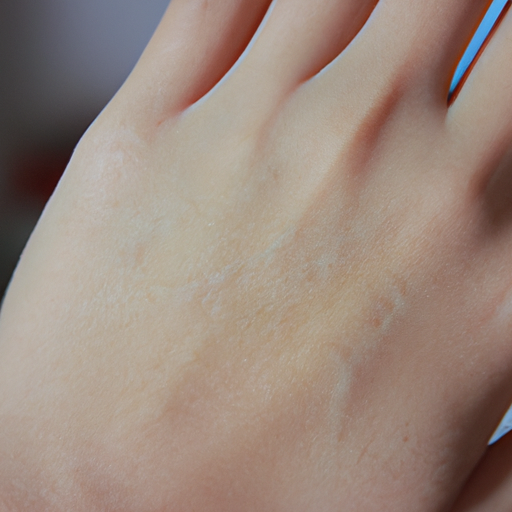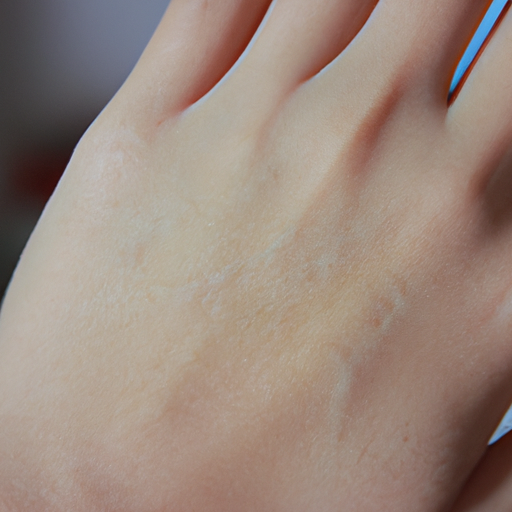As a dermatologist, I am often asked about the best ways to maintain a healthy and radiant complexion. One of the most effective strategies to achieve this is through regular exfoliation. Exfoliation is the process of removing dead skin cells from the surface of your skin. This not only helps to reveal the fresh, new skin underneath but also promotes cell turnover, which is crucial for maintaining a youthful appearance and radiant glow.
The skin naturally sheds dead cells every 30 days or so. However, this process can slow down with age, leading to a dull, dry, or flaky complexion. Additionally, dead cells can clog pores, leading to breakouts and acne. Regular exfoliation can help to prevent these issues, leaving your skin looking brighter and healthier.
There are two main types of exfoliation: physical and chemical. Physical exfoliation involves using a scrub, brush, or other tool to physically remove dead skin cells. This can be effective, but it’s important to be gentle to avoid damaging your skin. Over-exfoliation can lead to redness, irritation, and even breakouts.
Chemical exfoliation, on the other hand, uses acids or enzymes to dissolve dead skin cells. Alpha hydroxy acids (AHAs) like glycolic acid and lactic acid are commonly used for this purpose. Beta hydroxy acids (BHAs), such as salicylic acid, are also effective, particularly for those with oily skin or acne.
The right exfoliation method for you depends on your skin type and concerns. Those with sensitive skin may prefer a gentle chemical exfoliant, while those with oily skin may benefit from a stronger physical scrub. It’s always best to start with a gentle product and gradually increase the intensity if needed.
Regardless of the method you choose, there are a few key strategies to keep in mind for effective exfoliation:
1. Be Gentle: Whether you’re using a scrub or an acid, it’s important to be gentle with your skin. Don’t scrub too hard or use a product that’s too strong, as this can cause more harm than good.
2. Hydrate: Exfoliation can be drying, so it’s crucial to hydrate your skin afterwards. Use a moisturizer that’s suitable for your skin type to replenish any lost moisture.
3. Protect: Exfoliation can make your skin more sensitive to the sun, so always apply a broad-spectrum sunscreen after exfoliating.
4. Consistency: Regular exfoliation is key for maintaining a radiant complexion. However, how often you should exfoliate depends on your skin type and the method you’re using. Generally, once or twice a week is sufficient for most people.
In conclusion, regular exfoliation is a vital part of any skincare routine. It helps to remove dead skin cells, promote cell turnover, and reveal a brighter, healthier complexion. Whether you choose physical or chemical exfoliation, remember to be gentle with your skin, hydrate afterwards, protect your skin from the sun, and be consistent with your routine. With these strategies in mind, you’ll be well on your way to unmasking your natural radiance.




